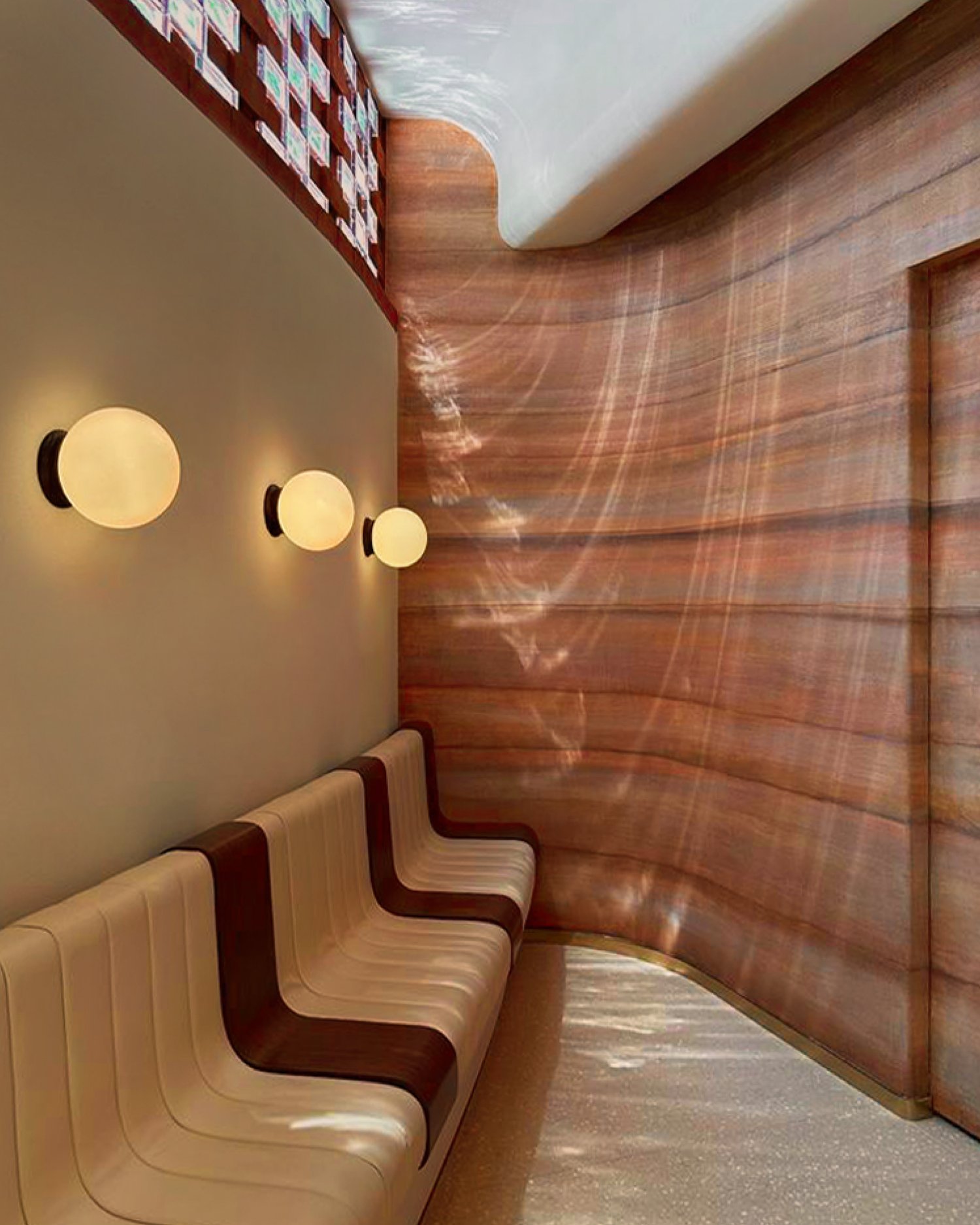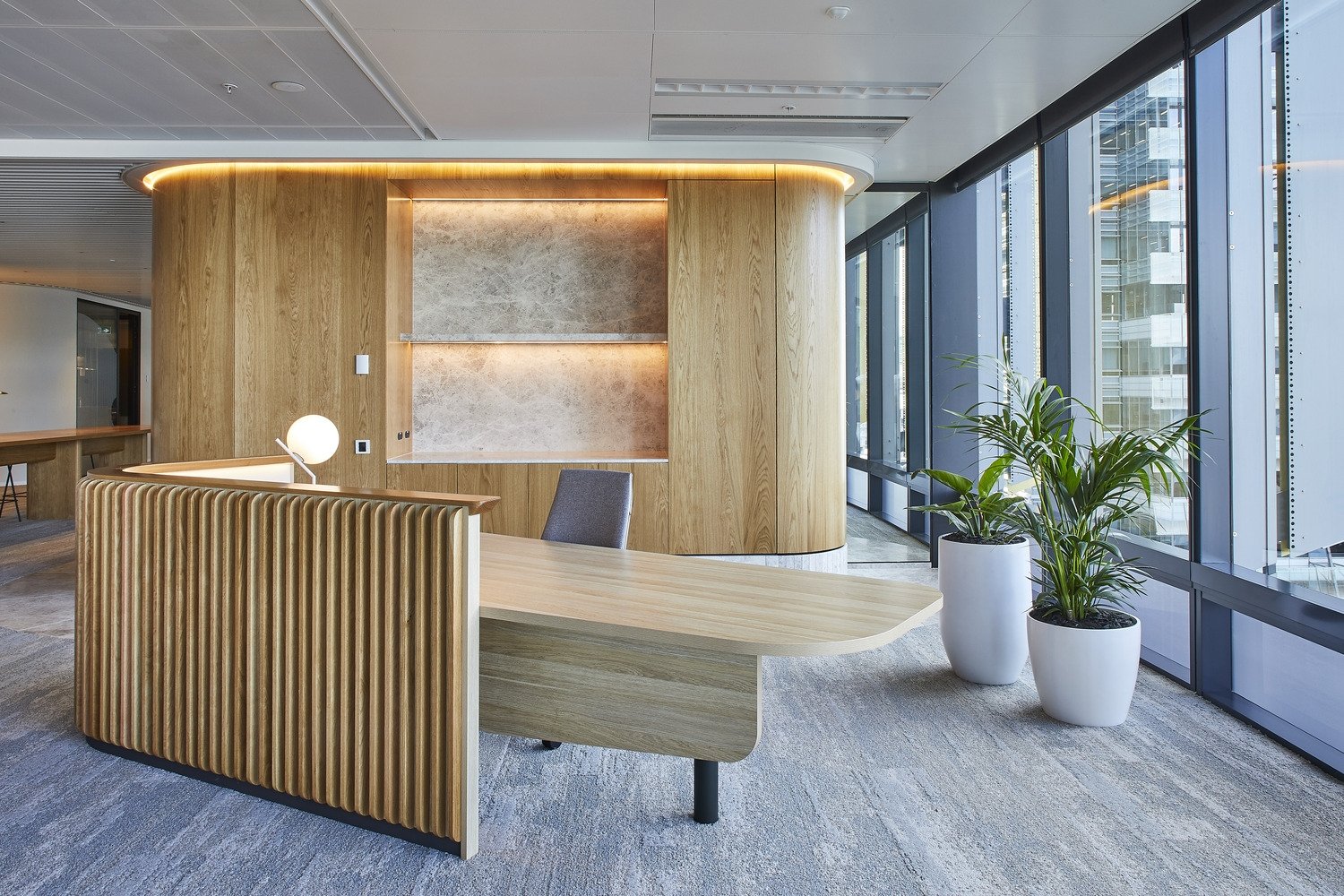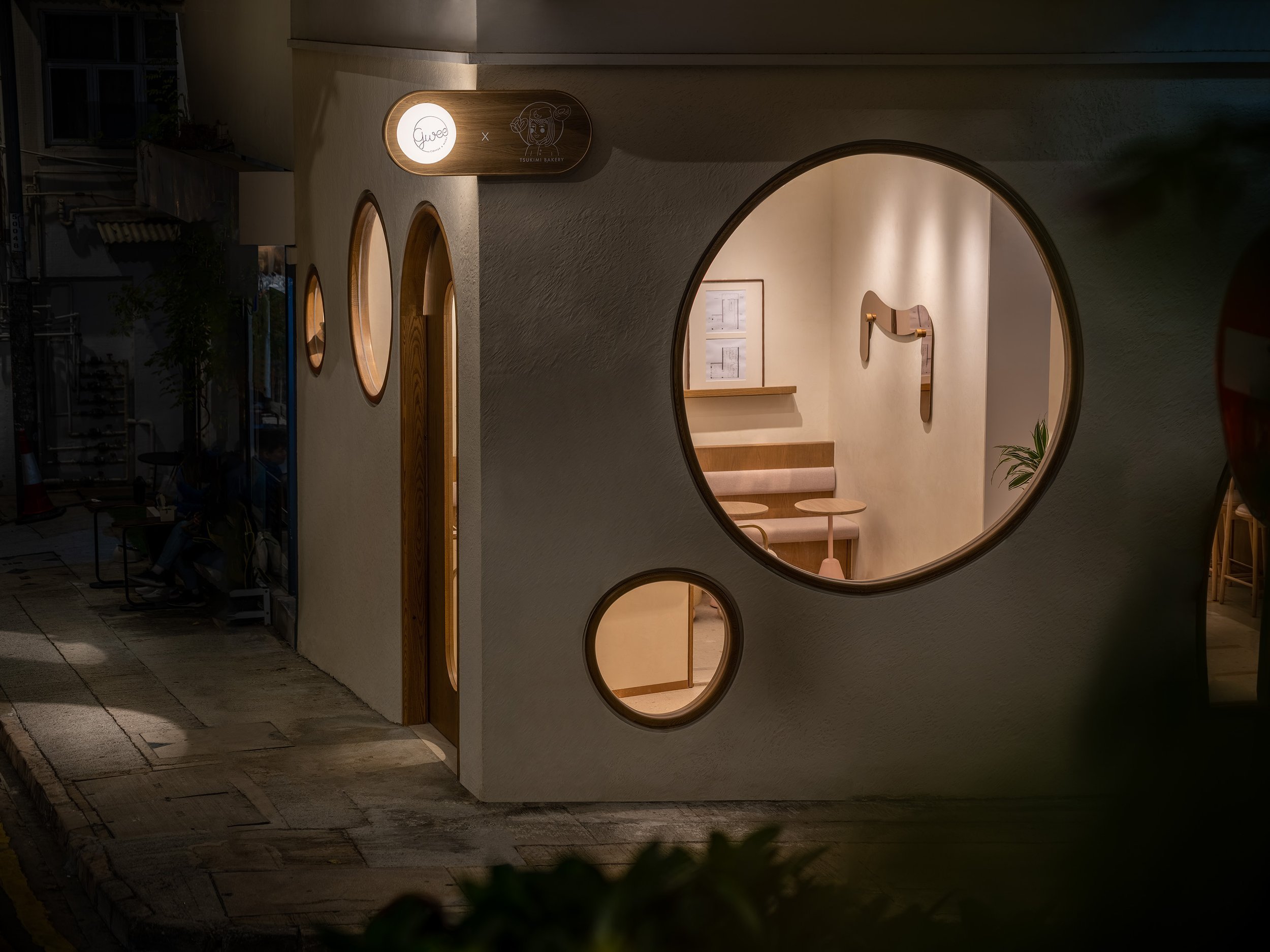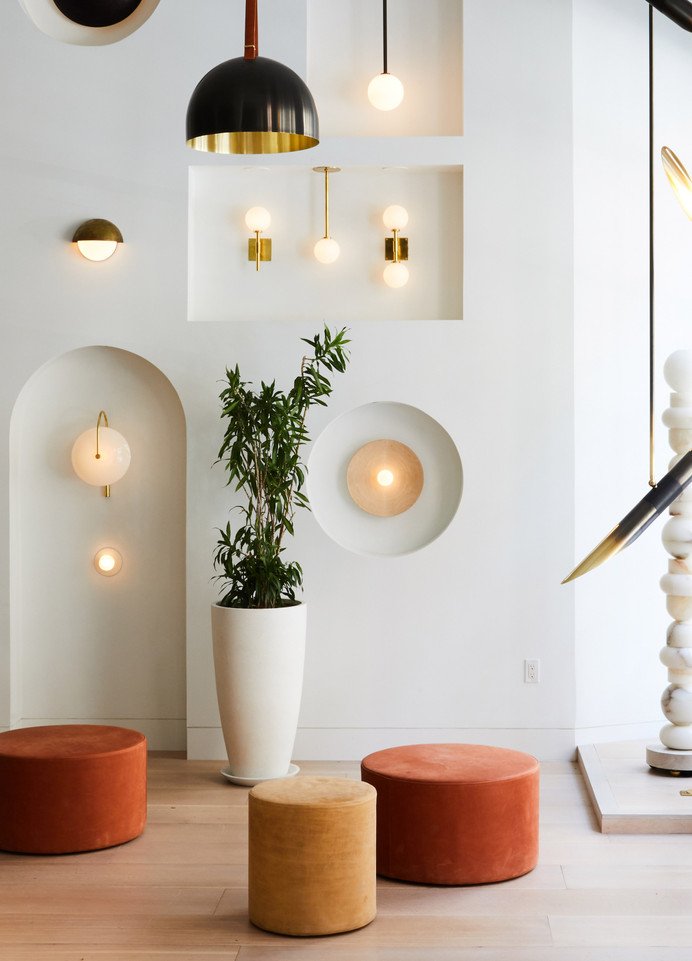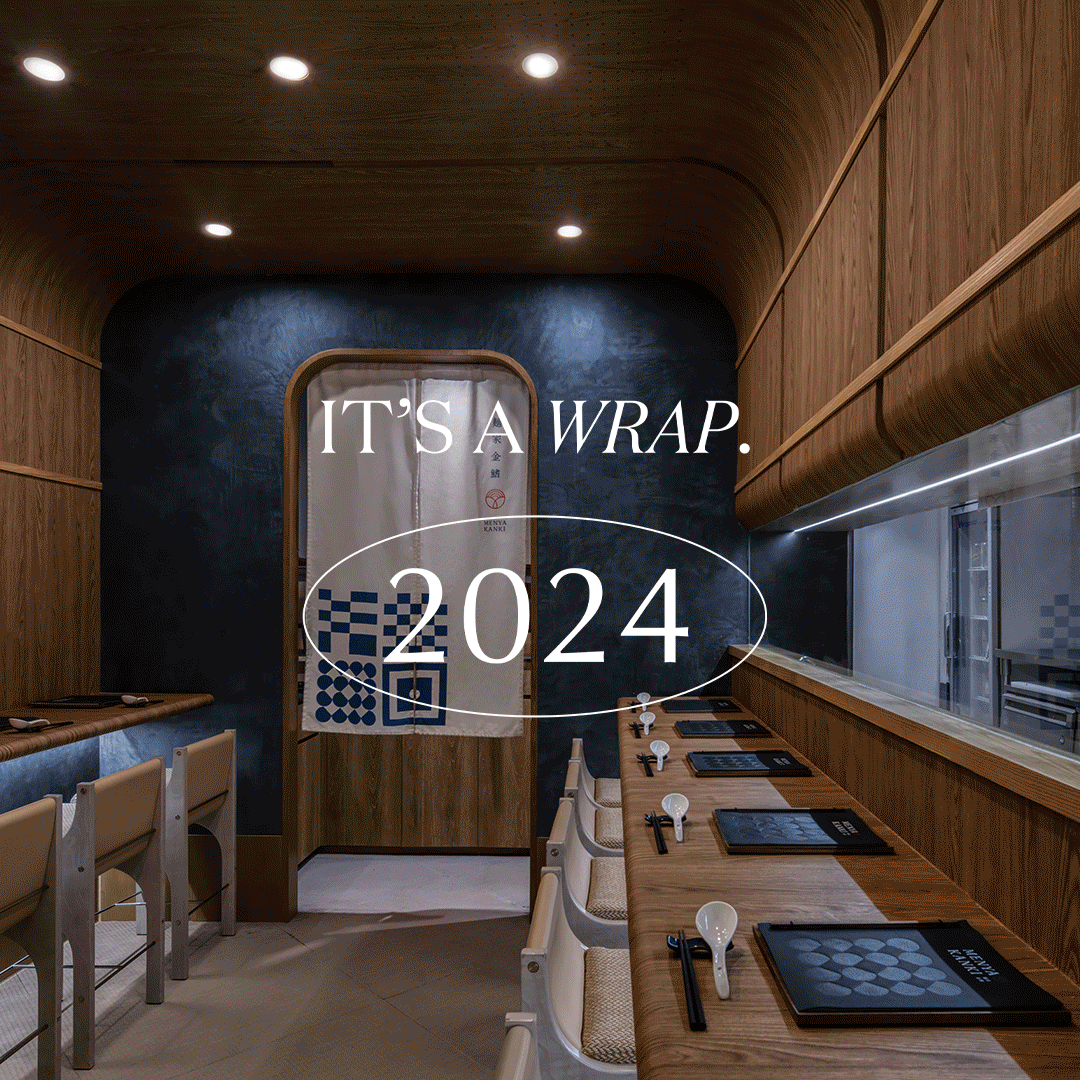Understanding the Role of Lighting in Interior Design
When we talk of designing a space, we often focus on the tangible elements: the lines of a mid-century modern sofa, the brushstrokes of an abstract painting, or the texture of a hand-woven rug. But there's an often overlooked aspect that's equally important to shaping our spaces: lighting. Lighting serves as an essential tool in enhancing aesthetics. It is a transformative element that can bring out the best in architectural features, colour palettes, and furniture selections. An element that can ‘make’ or ‘break’ a space.
And here is the story of lighting in space design, the hero that weaves together all the other elements into a harmonious symphony of style.
The Symphony of Light and Shadow.
Lighting in interior design is the invisible hand that guides the eye, accentuating the visual hierarchy, and shaping our perception of space. Lighting has a profound influence on our mood and emotions. A well-designed space isn’t just about illumination - it’s about creating contrast. Warm, subdued lighting can create a sense of intimacy; while brighter, cooler lighting can create a sense of expansiveness and openness. The interplay of light and shadow can add depth and drama to an otherwise flat and boring space.
Daylight vs Artificial Light.
Daylight has a profound impact on interior design. It can define the mood, alter colours, and even dictate the placement of furniture and decorative elements. Our Interior designers carefully study how daylight enters a space, to use it to their advantage when planning the layout and choosing colours and materials.
Capturing sunlight in a bottle will always be a designer's dream. But since that's far-fetched, we manipulate artificial light to add depth, warmth and highlight key features in a room. It's our secret paintbrush, turning a plain canvas into a vibrant, welcoming space.
Decoration and Function: Lighting’s Dual Roles
Lighting isn't just functional—it's a key element that breathes life into a room. In commercial spaces, it crafts a unique brand identity while boosting productivity and mood. Think of a well-lit office, a beacon of energy and efficiency.
In our homes, lighting fixtures like chandeliers and pendant lights are the jewellery that accentuates a room's aesthetic appeal. They're not just sources of light, but statement pieces that add character and ambiance.
Taking it a step further, architectural lighting embeds illumination within the architecture itself, creating a layered and intriguing spatial experience. Tools like downlights, uplights, and LED strip lights become our paint and palette, helping us craft an immersive spatial experience.
The Final Act: Lighting Control
And then, there's the magic of control. With dimmers, sensors, and smart systems, we as interior designers empower you to fine-tune your space to suit different activities, moods or times of day. It's about crafting a space that's just right, just for you.
In the end, understanding the role of lighting in space design is about recognizing its ability to transform the mundane into the magical. It's about seeing light not just as a functional necessity, but as a powerful design tool that can make a room sing.
We at House of Forme strive to stay inspired in ways we can use lighting to breathe life into the spaces we design. We hope you’ve enjoyed reading this as much as we’ve enjoyed writing it. Subscribe below to receive exclusive insights into our world of bespoke design, or schedule a free consultation to see how we can help your space.


